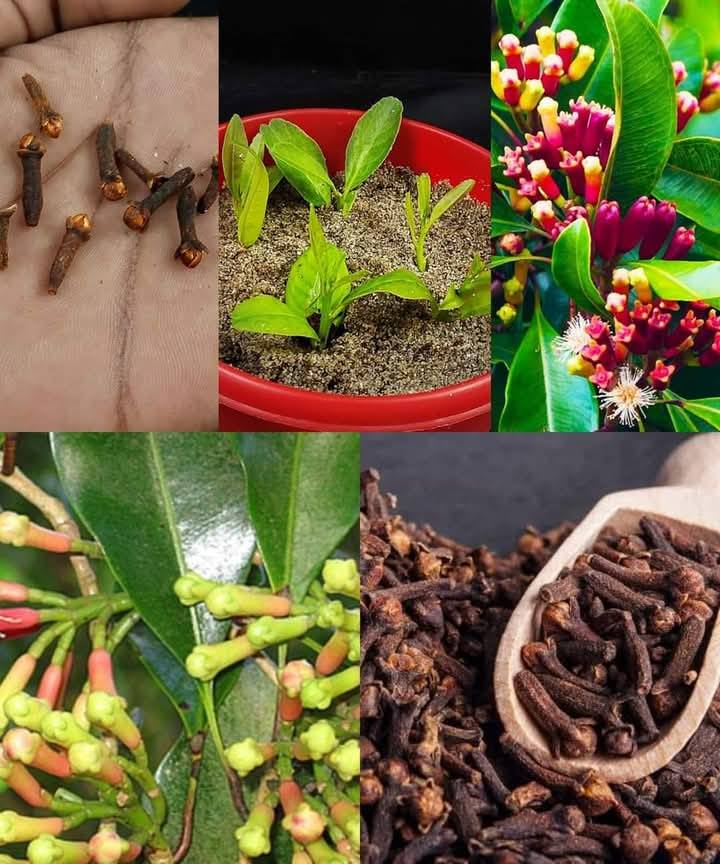ADVERTISEMENT
**Cultivate Your Own Eyelet: From Sowing to Harvest**
Eyelet flowers, known for their delicate petals and bright, colorful blooms, are a favorite among gardeners and flower enthusiasts alike. These beautiful flowers, often referred to as *Episcia* or *African Violets* in some regions, add a burst of color to any garden or home. Cultivating your own eyelet plants is not only rewarding but also a great way to enjoy fresh, vibrant flowers right in your own space. Whether you’re a seasoned gardener or a beginner, this guide will walk you through the process of growing eyelet flowers from sowing to harvest.
### What Are Eyelet Flowers?
Before diving into the cultivation process, it’s important to understand what eyelet flowers are. Eyelet flowers are part of the *Gesneriaceae* family, and they come in various varieties, all known for their soft, velvety leaves and vibrant blooms. While they are often grown as houseplants, many eyelet varieties thrive outdoors in the right conditions.
The most popular types of eyelet flowers include the commonly known **African violets**, **episcia**, and other varieties that boast a stunning array of colors, including shades of purple, pink, white, and red. These plants are relatively easy to grow and maintain with a little care, and they can be a charming addition to any garden or home.
For Complete Cooking STEPS Please Head On Over To Next Page Or Open button (>) and don’t forget to SHARE with your Facebook friends
### Step 1: Choose the Right Variety
The first step in cultivating your own eyelet is selecting the right variety. Depending on your preferences and location, you can choose between different types of eyelet plants. If you live in a region with mild temperatures, you can grow eyelet flowers outdoors, while those in colder climates may opt for varieties that thrive indoors, such as African violets.
– **African Violets**: Known for their iconic purple, pink, or white blooms, these plants are perfect for indoor gardening.
– **Episcia**: Often called the “flame violet,” this variety has beautiful red, orange, or pink flowers.
– **Streptocarpus**: Known for their large, showy flowers, this variety is excellent for both indoor and outdoor cultivation.
### Step 2: Gather Your Supplies
To start growing eyelet flowers from seed, you’ll need a few essential items:
– **Eyelet seeds**: You can find these seeds at your local garden center or online.
– **Seed starting mix**: A well-draining, lightweight seed starting mix is ideal for eyelet seeds.
– **Shallow trays or seedling pots**: These will be used to sow and germinate your seeds.
– **Plastic cover or humidity dome**: This will help maintain moisture and temperature during germination.
– **Grow lights (optional)**: If you’re growing indoors, having a good source of grow lights can encourage healthy growth.
– **Watering can or misting bottle**: Eyelet seeds prefer light moisture, so a gentle misting system is often best.
### Step 3: Sowing the Seeds
Sowing eyelet seeds requires a bit of patience, as these seeds are small and delicate. Follow these steps for the best results:
1. **Prepare the pots or trays**: Fill your shallow trays or pots with a seed starting mix. Avoid using regular garden soil, as it may be too dense and prevent the seeds from germinating properly.
2. **Plant the seeds**: Sprinkle the seeds evenly over the surface of the mix. Do not bury them, as eyelet seeds need light to germinate. Gently press them down to make sure they come into contact with the soil.
3. **Water gently**: After sowing, water the soil lig
